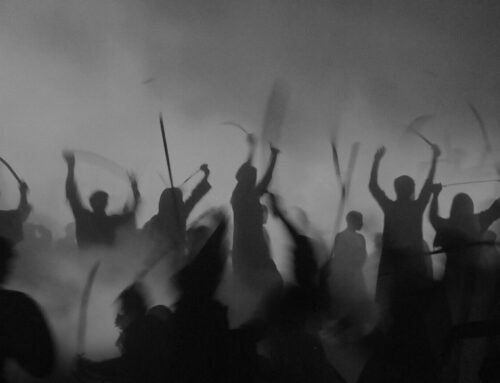“While successful culture can look and feel like magic, the truth is that it’s not. Culture is a set of living relationships working towards a shared goal. It’s not something you are. It’s something you do.”
Problems are unavoidable in an organisation. These problems are shared, and depending on how extreme they are, they can derail an entire organisation. All successful teams in the most influential organisations have an internal culture or their algorithm. This is culture. To be a leader, you have to figure out how to craft culture purposefully.
Reframing ideology:
So many cultural writings focus on personality traits and values. Culture in an organisation is creating a shared value system. This book reframes this into an action-oriented creation of culture.
This movement to physicality is what drove me to this book. I have used a physical slogan on a t-shirt to create culture before. And I had no idea why it worked! This book explores why team catchphrases and common vocabulary is essential. It explores the method to crystallise teams around a purpose.
Lesson 1: Belonging
Humans need to belong – Seth Godin’s Tribes is one of my ultimate reads – people need to feel connected to the great group. This is the ultimate responsibility of a leader to make people feel safe and connected. Your team needs to feel connected and that they matter. Some techniques used in the book include friendly physical contact, listening actively, good eye contact and vulnerable story swapping.
Lesson 2: Purpose
Most leaders know that starting the story with purpose is critical. The big picture is crucial to allowing staff to buy into the mission, but this book challenges it so far as it needs to be more granular. Even staff members need to define their own story of their work and its purpose. Their own unique and team-based purpose needs to feed into and reinforce the higher sense.
If a leader does not do this or allow it to happen, a purpose of unique and lower construction begins to take hold, and the culture will morph.
Lesson 3: Prioritise
Once the purpose is clear, teams need to use it as a beacon on a dark sea. Team members can use this beacon to prioritise their actions and assist in decision making. This prioritisation and methods need to be physically displayed and in prominent spaces. These creeds need to enter every conversation. This can be hard work, but as a leader, binding teams is up to you.
Additional lesson: Repeat
A group that becomes a thriving culture is because a thousand small things have gone right. Reflecting and interacting on the goal is critical. Every aspect of culture’s genesis is linked to repetition and learning – the same as everything else in life!
Who should read this book?
This book is for you if you are passionate about creating high-performance teams or optimising existing team performance.
I am deeply passionate about culture as a construct for performance. Humans cannot thrive in environments that are not conducive to performance, and there is no success in an organisation with low staff.
First published on Medium
Photo by Daniel Lanner on Unsplash





